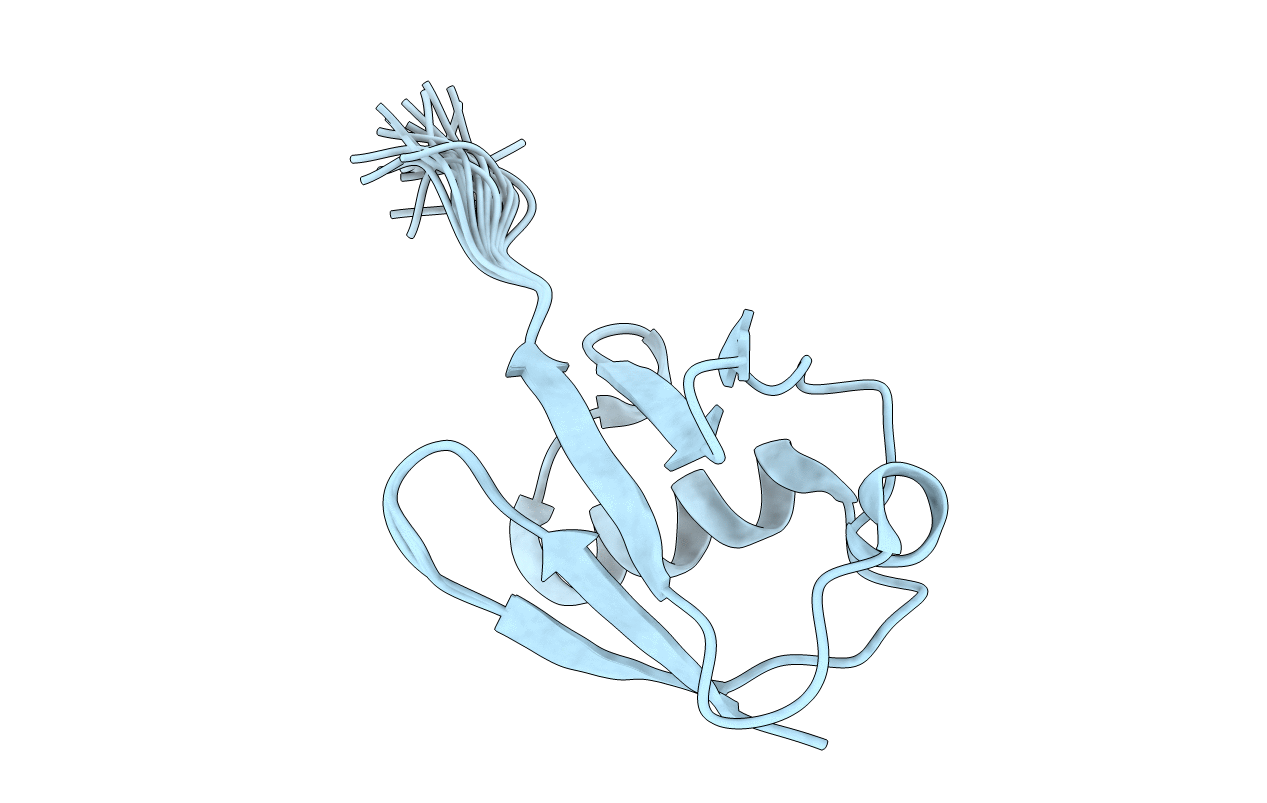
Deposition Date
2014-01-02
Release Date
2014-03-26
Last Version Date
2024-05-15
Entry Detail
PDB ID:
2MJB
Keywords:
Title:
Solution nmr structure of ubiquitin refined against dipolar couplings in 4 media
Biological Source:
Source Organism:
Homo sapiens (Taxon ID: 9606)
Host Organism:
Method Details:
Experimental Method:
Conformers Calculated:
20
Conformers Submitted:
20
Selection Criteria:
all calculated structures submitted


